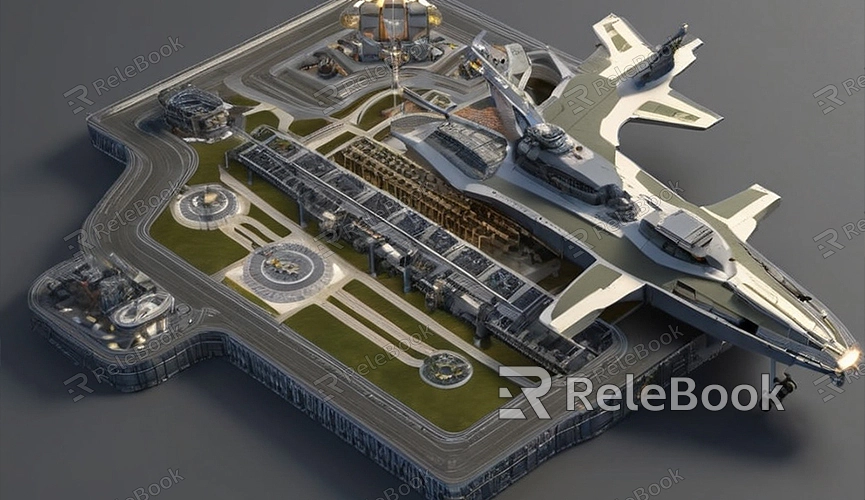Does Principled BSDF Work in Blender Render?
When it comes to 3D modeling and rendering, the choice of materials and shaders is crucial. Blender, a powerful 3D software, offers a variety of materials and shaders for users to choose from. Among them, Principled BSDF is a powerful and flexible shader introduced in Blender 2.79. But does it work effectively during rendering? This article explores this question in detail.
What is Principled BSDF?
Principled BSDF is a physically-based shader (PBR) that integrates multiple complex shaders into a single, easy-to-use node. Inspired by Disney's Principled Shader, it aims to simplify shader usage, reduce node complexity, while maintaining high flexibility and strong expressive capabilities.

Key Features of Principled BSDF
1. Unified Material Model: Integrates multiple material properties into one node, including diffuse, specular, transmission, subsurface scattering, etc., simplifying the material creation process.
2. Physical Accuracy: Based on a physically-based rendering model, it facilitates creating materials that adhere to physical laws, resulting in more realistic render outputs.
3. User-Friendly: Easy to understand and use, suitable for users of all levels from beginners to professionals, facilitating quick adoption.
Advantages of Principled BSDF in Blender Render
1. Simplified Node Setup: Traditional material node setups can be complex with multiple interconnected nodes. Principled BSDF consolidates these complexities into a single node, significantly simplifying material setup.
2. Improved Rendering Efficiency: Due to streamlined material nodes, Blender can efficiently handle material information during rendering, thereby enhancing overall rendering efficiency.
3. Consistency and Standardization: Using a unified material model ensures consistency across different projects and teams, facilitating collaboration and management.
How to Use Principled BSDF in Blender?
Using Principled BSDF in Blender is straightforward. Simply follow these steps:
1. Create a New Material: In the "Materials" panel, click "New" to create a new material.
2. Add Principled BSDF Node: In the "Shader" workspace, press "Shift+A" to open the Add menu, then choose "Shader" > "Principled BSDF."
3. Connect Nodes: Connect the Principled BSDF node to the material output node.
4. Adjust Parameters: Customize the Principled BSDF node parameters such as color, roughness, metallic, etc., to achieve the desired look.
Practical Applications
In real-world projects, Principled BSDF is widely used for creating various materials such as metals, glass, skin, etc. Here are some specific applications:
1. Metallic Materials: Easily create various metal materials from smooth metal surfaces to rusted iron by adjusting parameters like metallic and roughness.
2. Glass Materials: Simulate different types of glass materials like clear glass or frosted glass by adjusting parameters such as transmission and roughness.
3. Skin Materials: Create realistic skin materials suitable for character modeling and animation by utilizing subsurface scattering parameters.
Rendering Effects and Optimization
When rendering with Principled BSDF, consider these optimization tips for best results and efficiency:
1. Optimize Parameter Settings: Adjust parameters according to scene requirements to avoid overly complex material setups, which can improve rendering speed.
2. Use HDRI Textures: Enhance material realism and rendering effects by using High Dynamic Range Images (HDRI) as environment lighting sources.
3. Enable GPU Rendering: If hardware permits, enable GPU rendering to significantly boost rendering speeds.
Principled BSDF is indeed effective in Blender rendering. It not only simplifies the material setup process but also enhances rendering efficiency and quality, making it an essential tool for every Blender user.
For those needing high-quality 3D textures, HDRI, or downloadable 3D models for creating models and virtual scenes, consider using Relebook. It offers resources that can be directly imported into models, saving time and improving workflow efficiency.

